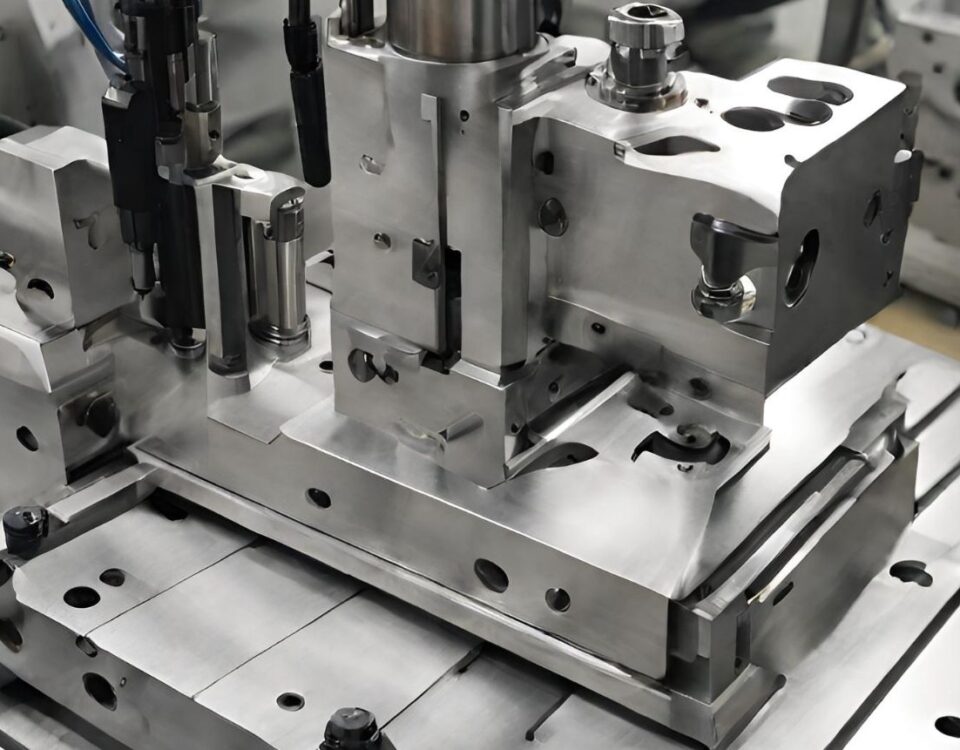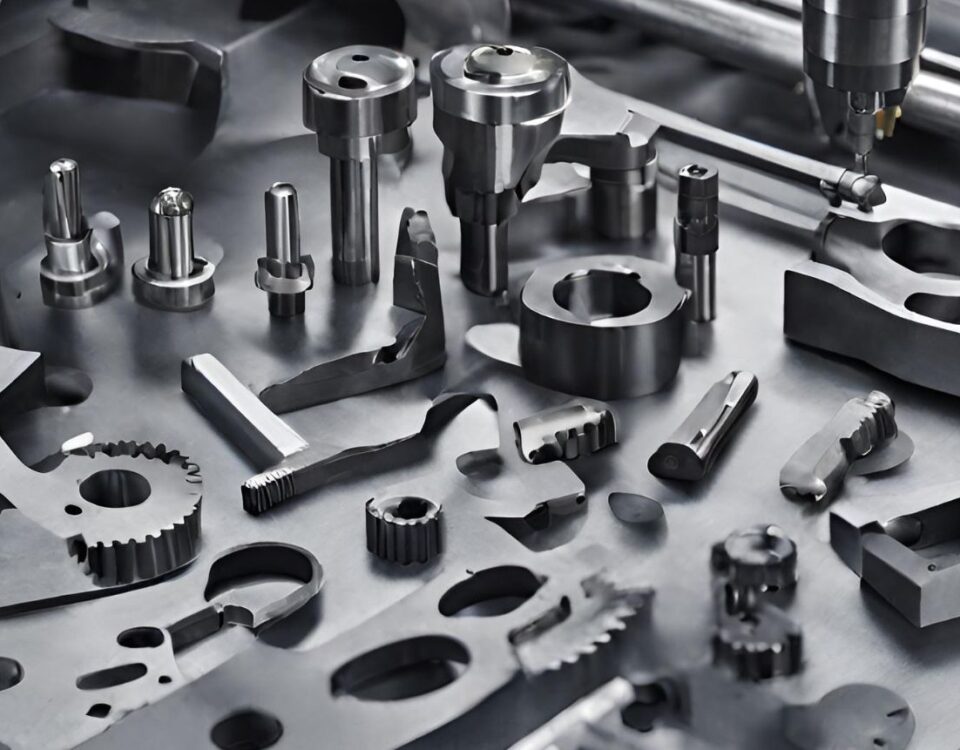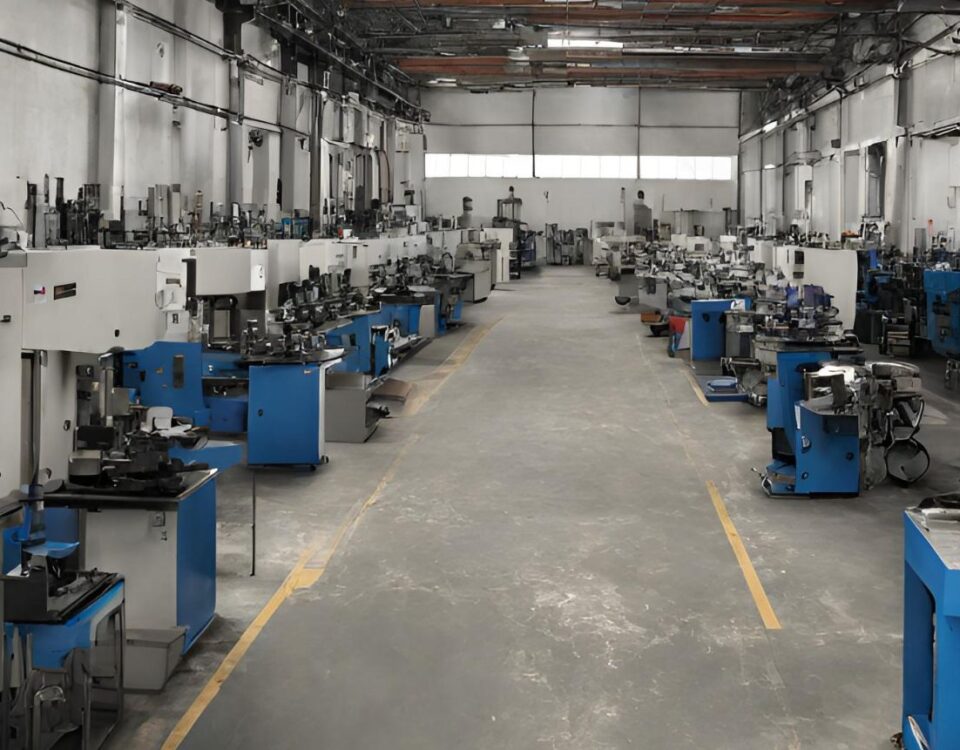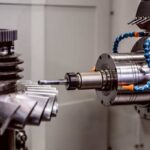
Unleashing Precision and Efficiency: The Power of CNC Machining Milling
27 October 2023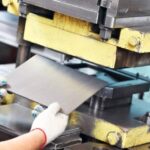
What Is Metal Stamping: Types, Process, and Use
31 October 2023What is a CNC Wood Carving Machine?
CNC Wood Carving Machine is a kind of automatic machine tool with a Computer numerical control system supporting automatic carving, engraving, cutting, milling, drilling and grooving on different materials, such as wood, foam, stone, plastics, acrylic, glass, ACM, copper, brass, aluminium, PVC, MDF, etc.
CNC (Computer Numerical Control) machines have revolutionized the woodworking industry, offering numerous benefits and applications. Here are some key applications of CNC machines for wood:
-
Precision Cutting: CNC machines excel at precise cutting, allowing for intricate designs and complex shapes. They can cut wood with high accuracy, ensuring consistent results and minimizing waste.
-
Carving and Engraving: CNC machines can carve intricate patterns and designs into wood surfaces, creating detailed engravings and decorative elements. This is particularly useful for furniture, cabinetry, and artistic woodwork.
-
Routing and Milling: CNC routers are commonly used for shaping and milling wood. They can create smooth edges, intricate profiles, and precise joinery, making them ideal for producing furniture components, moldings, and cabinetry parts.
-
Panel Processing: CNC machines can efficiently process large wood panels, cutting them into precise sizes and shapes. This is beneficial for manufacturing cabinets, doors, and other large-scale wood products.
-
Replication and Batch Production: CNC machines can replicate designs with high accuracy, making them suitable for batch production of identical wood components. This saves time and ensures consistency in manufacturing processes.
-
Customization and Personalization: CNC machines enable customization and personalization of wood products. They can easily incorporate unique designs, logos, or personalized details, catering to individual customer preferences.
-
Prototyping and Design Iteration: CNC machines are valuable for prototyping and design iteration in the woodworking industry. They allow designers and manufacturers to quickly create physical prototypes, test different designs, and make necessary adjustments before full-scale production.
-
Complex Joinery: CNC machines can create intricate joinery, such as dovetails, mortise and tenon joints, and finger joints. This ensures precise and strong connections between wood components, enhancing the overall quality and durability of the finished product.
-
Inlays and Marquetry: CNC machines can accurately cut and fit inlays and marquetry pieces into wood surfaces, creating stunning decorative effects. This technique is commonly used in furniture making and artistic woodworking.
-
3D Woodworking: Advanced CNC machines can perform 3D carving and sculpting, allowing for the creation of three-dimensional wood objects and sculptures. This opens up new possibilities for artistic expression and unique woodworking designs.
Overall, CNC machines have significantly expanded the capabilities of woodworking, enabling precise cutting, intricate designs, efficient production, and customization. They have become indispensable tools for woodworkers, furniture manufacturers, and artisans, enhancing productivity and pushing the boundaries of creativity in the industry.
Top 5 CNC Wood Carving Machine
CNC Machines are categorised on the basis of functionality. We have picked up the top 5 CNC Machines for you that align with your business needs. Listing below the best CNC machines for wood:
1. Rover A Smart 16 (Smart CNC Router)
Rover A Smart 16 is a product possessing remarkable performance with great finishing. It holds optimum precision with high finish quality. Rover A Smart 16 is an easy and user-friendly 5-axis CNC machining centre for producing any type of furnishing item. It is an ideal product for both small and large joineries manufacturing either irregular shaped components or standard-sized components in small batches.
Features to highlight:
- Capable to process large size
- Diminished tool changeover time
- Accessible and Intuitive
2. Rover A Edge 15/18 (3d edge banding Machine)
The Rover A Edge 15/18 is a state-of-the-art CNC edgebanding center designed to create shaped edge-banded panels with a single machine thanks to its gantry structure. This product is ideal for small and medium-sized enterprises and artisans who require long-term dependability, excellent machining quality, and ease of use.
Points to emphasize:
- Enhanced efficiency of machinery
- Designed to simplify and optimize the user's life
- Dependability and Sturdiness
3. Rover S FT
The Rover S FT is a product made to be used as a gantry machining center for applying nesting to the machining of plastic, non-ferrous, and wood-based materials. Panels of all sizes typical of nesting processes can be machined thanks to the large range of sizes held by the Rover S FT model of CNC machines. Customers can select the best machine based on their needs thanks to it.
Points to emphasize:
- Exceptional output
- High adaptability in processing
- Customization based on the specifications of the product
4.Rover C
Rover C is perfect for producing components for doors, windows, staircases, and furniture in any size, shape, or thickness with ease. This CNC machining center is intended for heavy-duty applications involving big tools and aggregates.
Points to emphasize:
- Innovative approach for peak efficiency
- Configurations that are adaptable to all of your production requirements
- Total machinability for thick parts, Z-transit for pieces up to 500 mm
5. Uniteam UT (Heavy Duty CNC Machine)
Uniteam UT is the work centre that can be used to machine very large beams or elements with more complex shapes. Uniteam UT consists of machine panels of various dimensions covering all your requirements.
Features to highlight:
- Reduction of production cycles
- Various configurations are available to meet all requirements
- A wide range of possible machining operations
Using a CNC for Carving and Engraving
As you may already be aware, the processes of carving and engraving involve removing portions of a material's surface in order to create patterns and shapes. Both require extreme attention to detail and, if completed by hand, might take an eternity.
What kinds of materials can a CNC router be used to cut, etch, and engrave?
WOOD CARVING USING A CNC ROUTER
When it comes to materials used most frequently for CNC projects, wood comes in first. It's widely accessible and simple to use. While any kind of wood will do, the following are some of the most common:
-
Maple
-
Walnut
-
Cherry
-
Cedar
-
Cypress
PLASTICS CARVING USING A CNC
Both acrylic and plastic can be machined with great success using CNC equipment. All you need to do to ensure stability is to keep your tools sharp and operating at the ideal speed.
Hard plastics are the best option for novices because soft plastics can be too delicate and need special handling and persistence.
The following are the top plastic kinds that Digital Wood Carver suggests:
-
Acrylic
-
Plexiglas
-
Polycarbonate
-
ABS
-
Delrin
CARVING NON-FERROUS METALS WITH A CNC ROUTER
Additional materials for engraving and carving are soft metals. They may not have the flexibility that wood provides, so you will need to be more cautious when designing and choosing bits because they are much harder than wood. But don't freak out! As an equally stylish substitute, engraving is always an option.
Non-ferrous metals include, for instance, the following:
-
Aluminum
-
Gold
-
Copper
-
Silver
-
Brass
Although cutting wood and plastics is what CNC routers are typically used for, they can also be used to cut aluminum and other non-ferrous metals. It's not so much that a different router is required for cutting non-ferrous metal as it is that you must use it differently. A machine's precise capabilities depend on its size, rigidity, and power.
Conclusion
Selecting the right CNC equipment for wood carving is a crucial decision that can greatly impact the quality and efficiency of your woodworking projects. By considering key factors such as machine size, spindle power, control system, software compatibility, and budget, you can make an informed decision that aligns with your specific needs and goals.
Remember to assess your project requirements, including the size and complexity of the designs you plan to carve, as well as your skill level and desired level of automation. Additionally, consider the available support and training options provided by the manufacturer or supplier to ensure you can maximize the potential of your CNC equipment.
Investing in the right CNC equipment can open up new possibilities in wood carving, allowing you to create intricate designs with precision and repeatability. By carefully evaluating your options and selecting a machine that meets your needs, you can embark on a woodworking journey that combines craftsmanship with the advantages of modern technology.


